THE MOVING EYE: language of Italian Kinetic Art from 50s to 70s
Date: March 1st 2015 – June 7th 2015 – Opening February 28th 2015
Location: Centro de Arte Contemporáneo de Quito, Montevideo y Luis Dávila, Montevideo – Quito – Ecuador
Curator: Micol Di Veroli – Massimo Scaringella
 For the first time in Ecuador, this exhibition has officially opened “The year of Italy in Latin America”. The “exhibition on Kinetic Art had hosted at the CAC (Centro de Arte Contemporáneo de Quito) displaying a selection of works by major authors of the legendary Italian kinetic art movement, across the years 1950 and in 1970, from Bruno Munari up to artists still alive .
For the first time in Ecuador, this exhibition has officially opened “The year of Italy in Latin America”. The “exhibition on Kinetic Art had hosted at the CAC (Centro de Arte Contemporáneo de Quito) displaying a selection of works by major authors of the legendary Italian kinetic art movement, across the years 1950 and in 1970, from Bruno Munari up to artists still alive .
The project design and organization are by the Glocal Project Consulting in collaboration with Altaroma and 10 A.M. Art and the full and fantastic collaboration of the Alcaldia, Distrito Metropolitano de Quito and the precious support of the Italian Embassy in Quito.
The Occhio Mobile (moving eye) exhibition includes 50 works among paintings, sculptures, collages, videos, garments and other works made by the “maestri” of optical and kinetic Italian movement, starting from Bruno Munari, a true pioneer of kinetic art, great designer and professor. More than 20 artists works are on display like Gianni Colombo and other members of the Group T (Giovanni Anceschi, Davide Boriani, Gabriele De Vecchi, Grazia Varisco), Getulio Alviani, Dadamaino etc.
One of the new features of the exhibition Occhio Mobile is the display of ten clothes by famous stylist and designer, maestro Fausto Sarli, revealing the tight connection between Art and Fashion in a unique stunning high fashion show. This is a selection of creations disclosing trials of those years in the fashion.
Making of The Moving Eye
Kinetic art
Born in Europe in the 30s of last century, the Kinetic Art comes to the fore in 1955 with the exhibition “Le mouvement in Paris”, including works by Alexander Calder, Marcel Duchamp, Jesús Soto and Victor Vasarely. In Italy, the so called “Arte Programmata” (Programmed Art) born later on, adding to the poetics of the Kinetic Art a calculation program which allows the change of form and color sequences represented. This will be a definitive step for the consolidation of the movement and its radiation throughout the western world.
The Italian artists of those years produced works that can be manipulated, either manually or mechanically to give the impression of movement from the point of view of the observer. The kinetic art goes beyond the visual arts and breaks in movies, fashion, furniture and everything that has to do with vision. Kinetic art reputation and awareness peaked during the years 50s and 70s, however nowadays the Kinetic Art is still one of the most appreciated modern form of art in the world.
For curator Micol Di Veroli, the Italian Programmed and Kinetic Art “was born with the effective aim to oppose the fixed and definitive works, this way obtaining, a mutable shape both conceptual and physical.
By this new concept, it is possible to produce open and programmed works, where all elements combine one each other according to a predestinated hypothesis.
The programming itself is free, as it foresees both transformation and a movement that can be created inside an unpredictable temporary frame including many variations nor even the artist can control them all. So, the Kinetic art, take into consideration the reality as an evolving continuum of phenomenon the human being perceives along its evolution.
Press Release: ES
Press Review:
Ministero degli Affari Esteri | MAE – Italia & America Latina | Agencia Pública de Noticias de Quito | Wn.com | La Hora 1 – 2 | Agencia de Noticias del Ecuador y Sudamérica (ANDES) | Grafitat | Archivio Maurizio Spatola | Il Velino
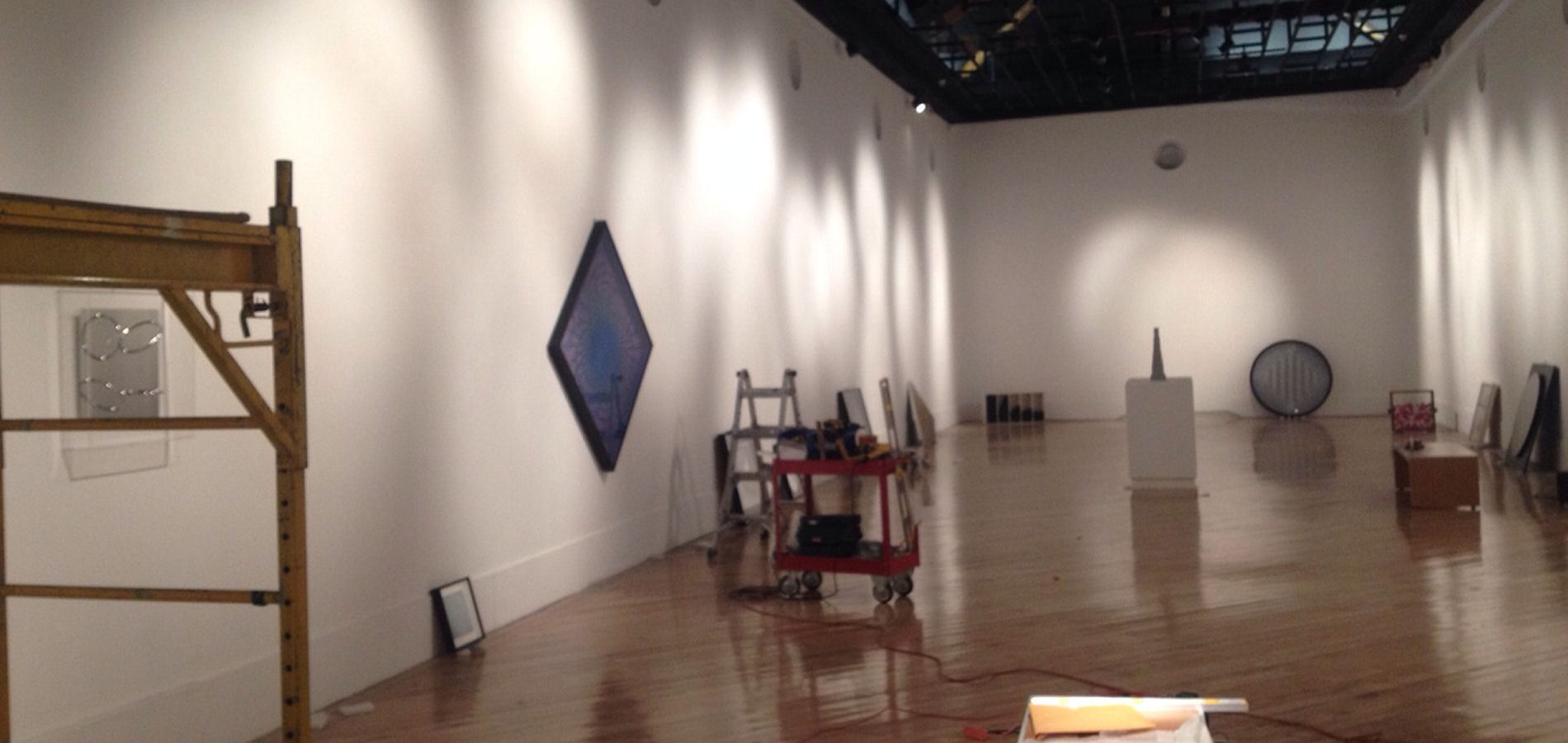
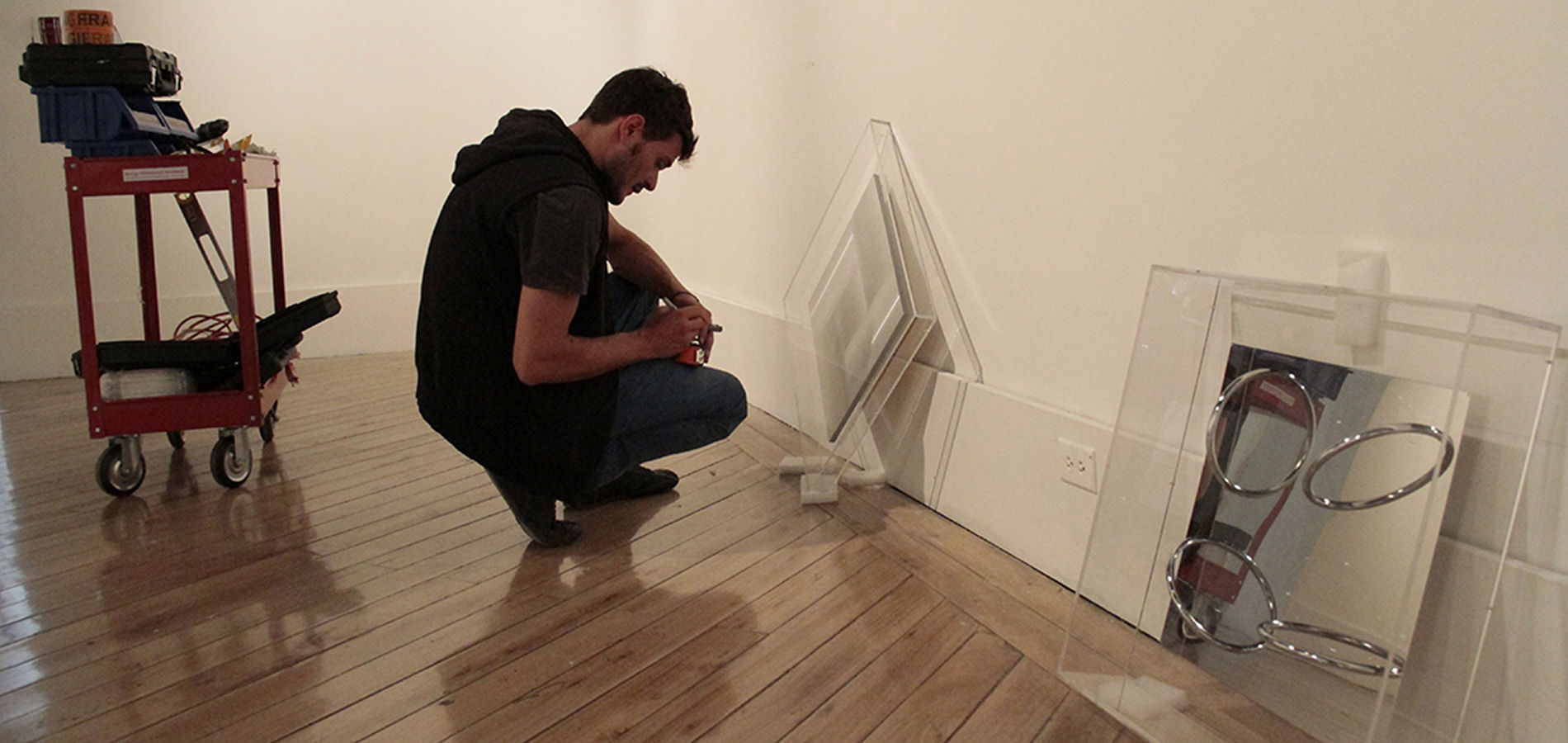


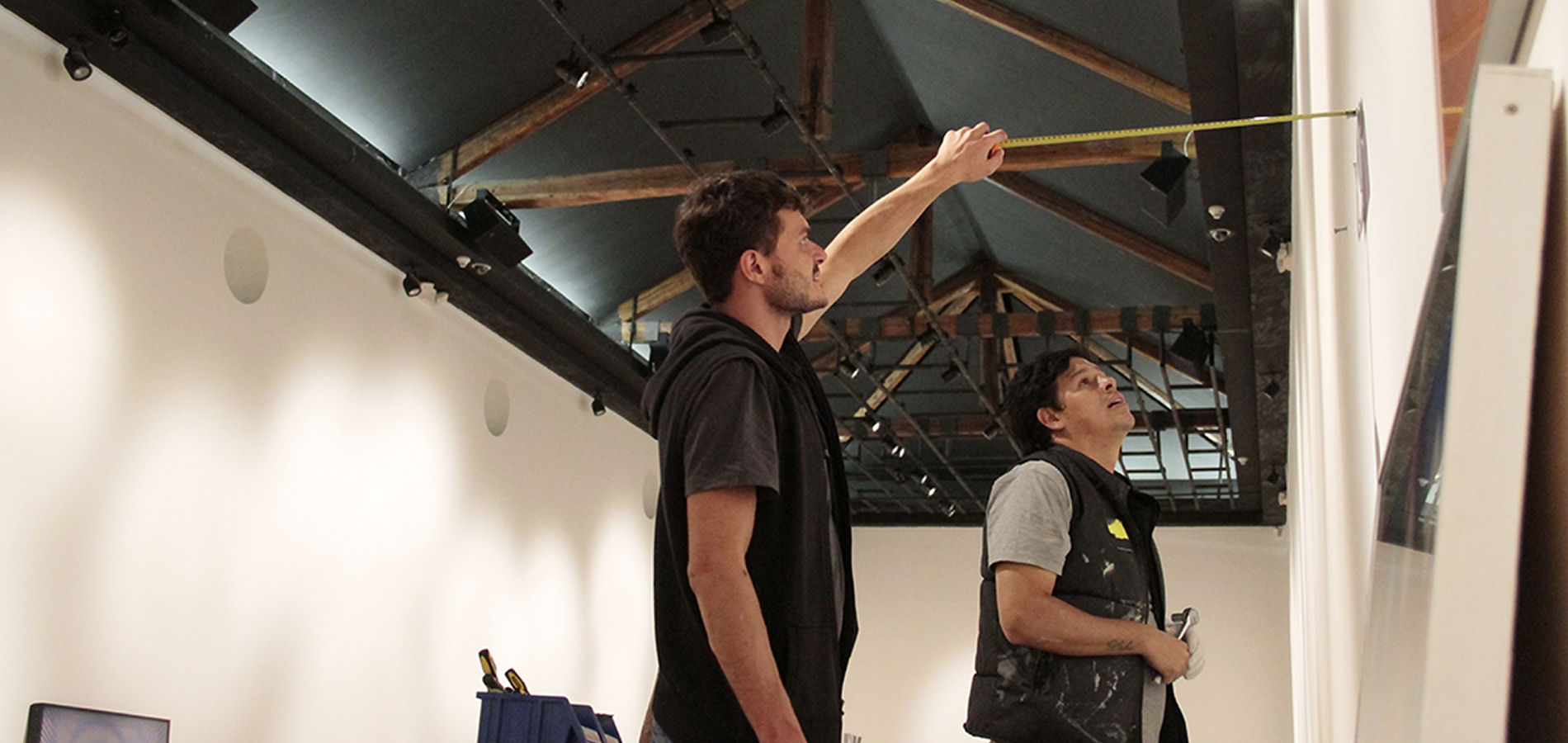
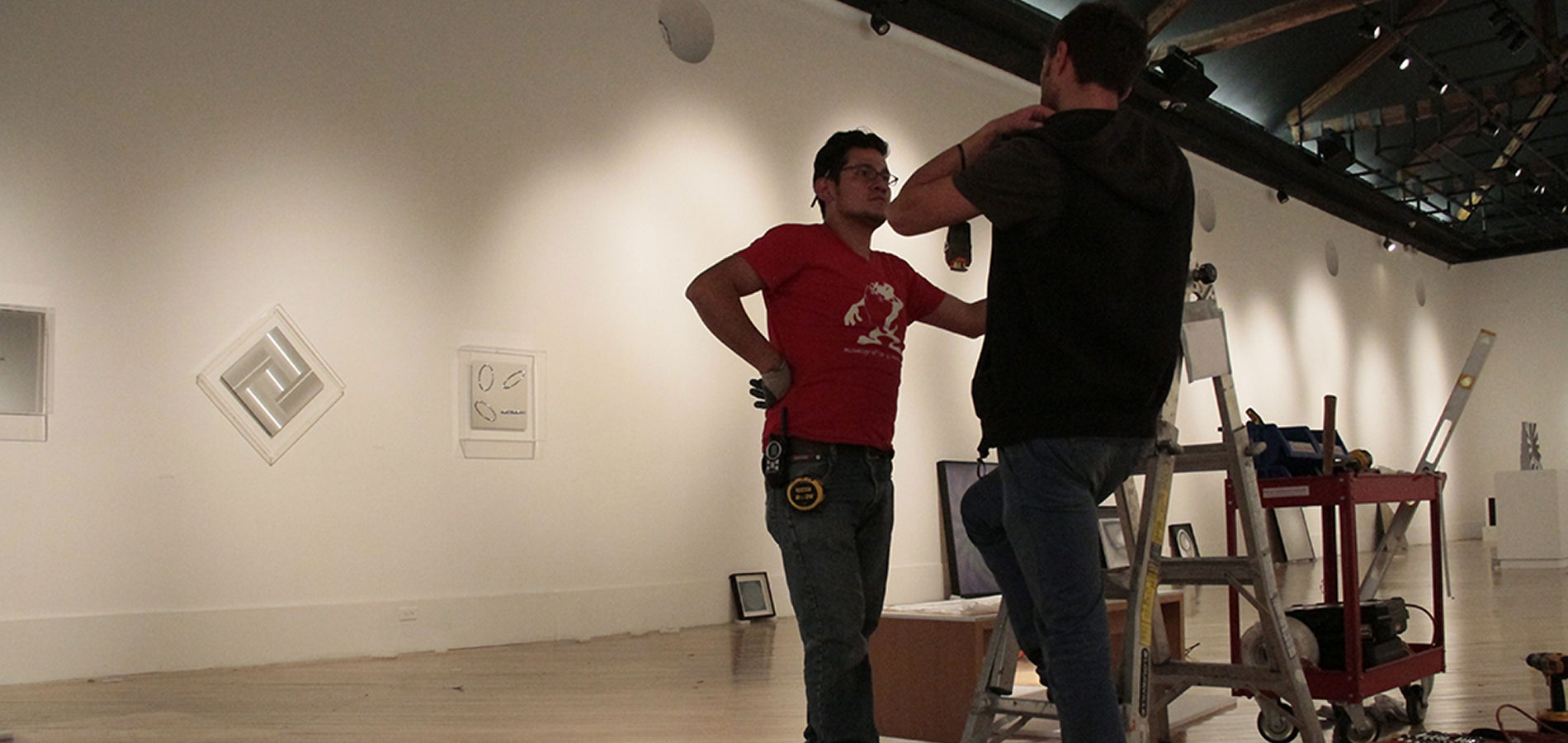







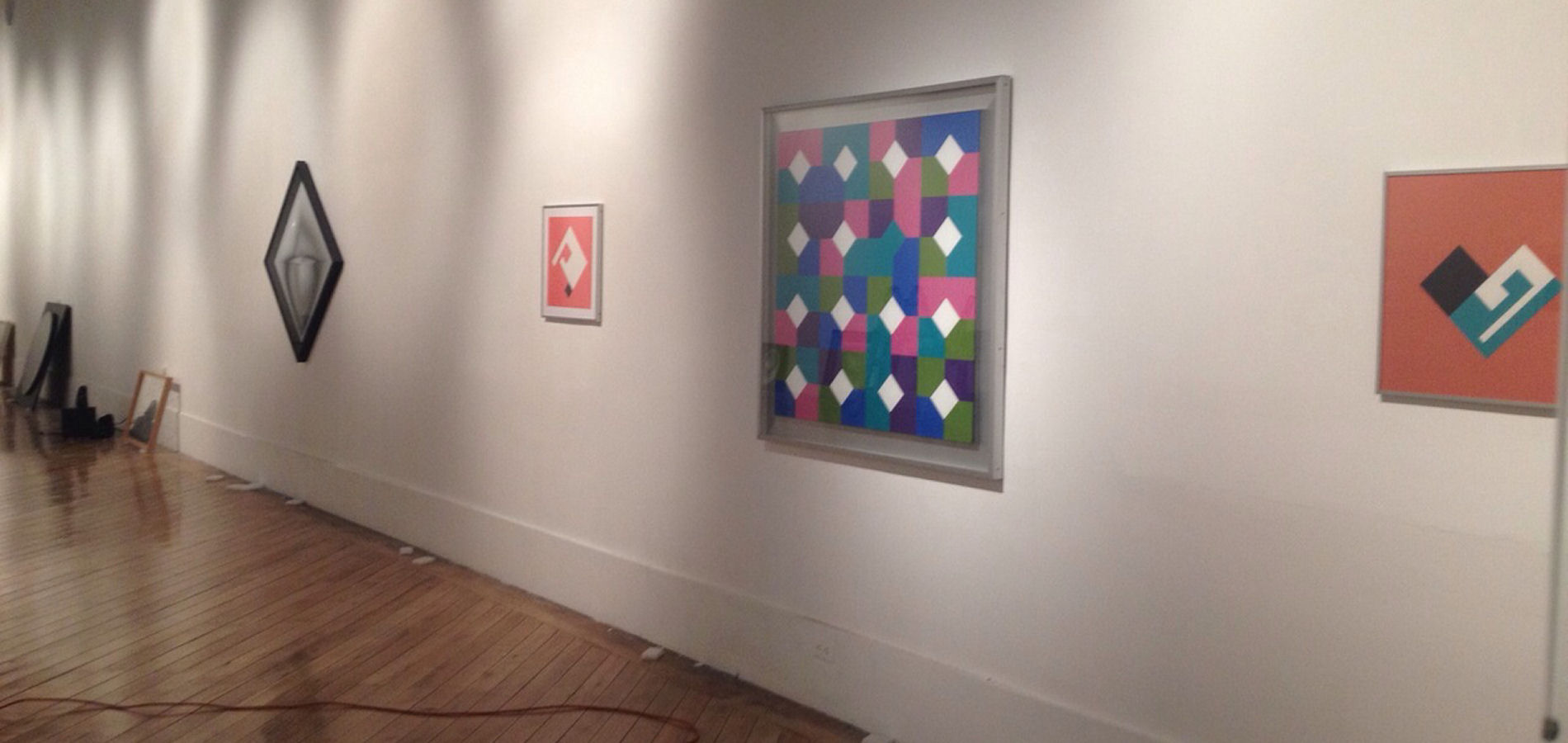


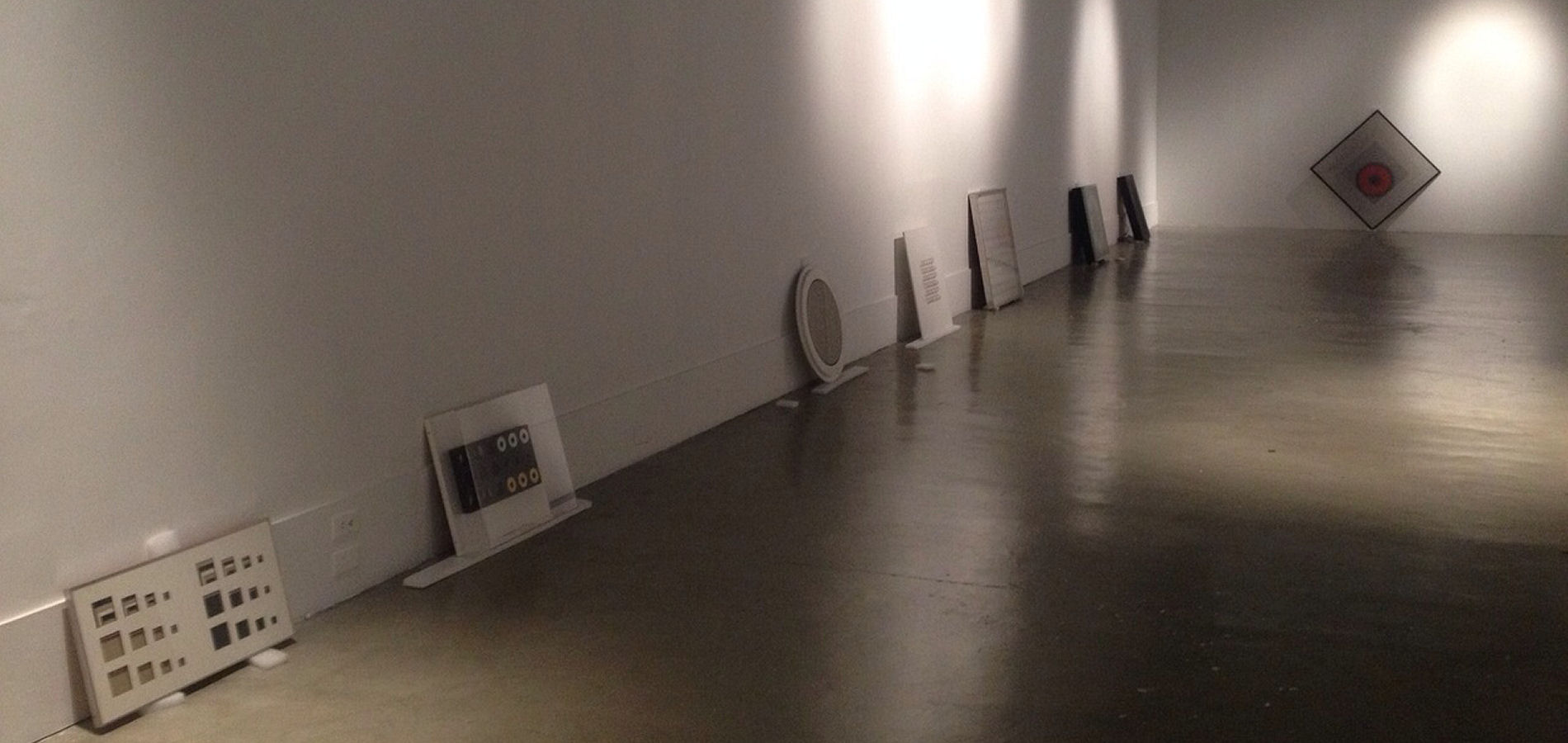















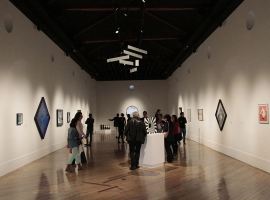


 Previous Post
Previous Post Next Post
Next Post